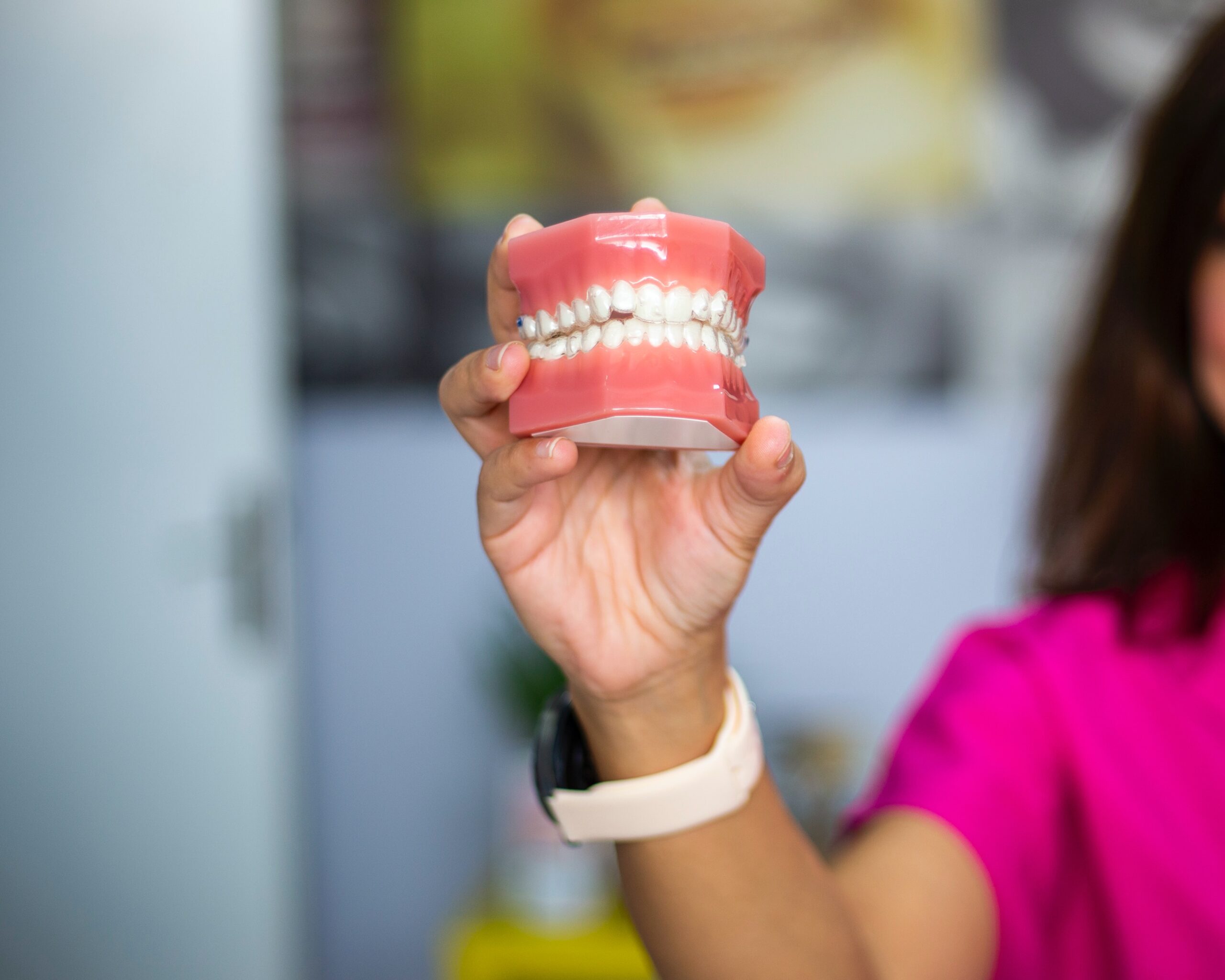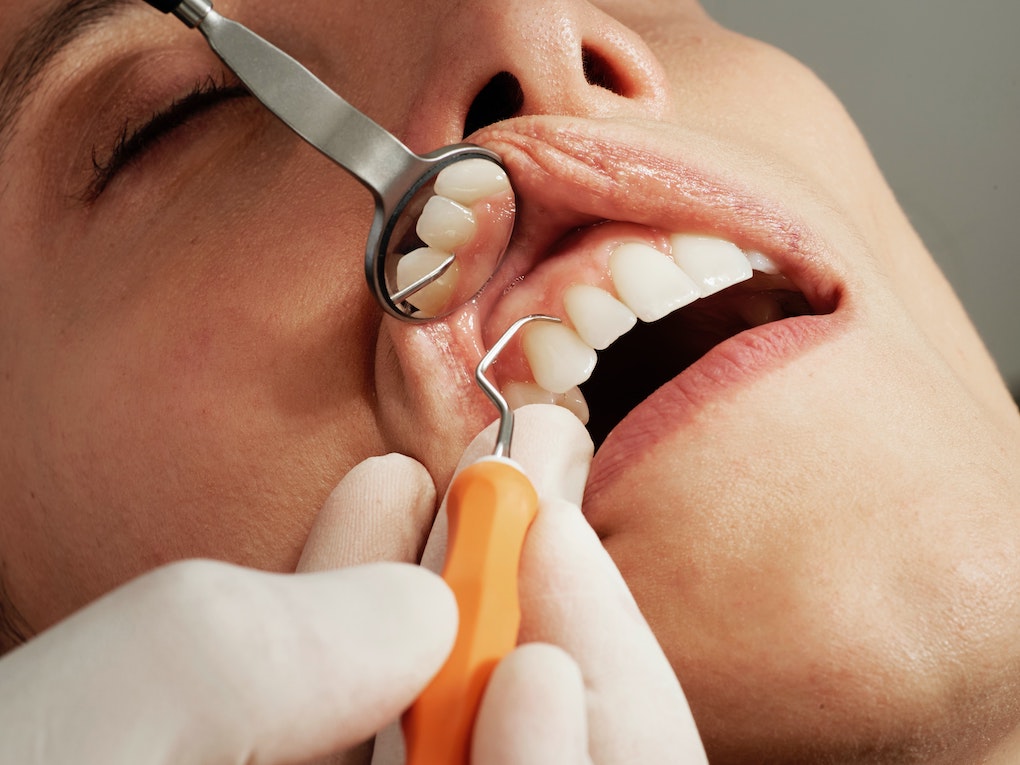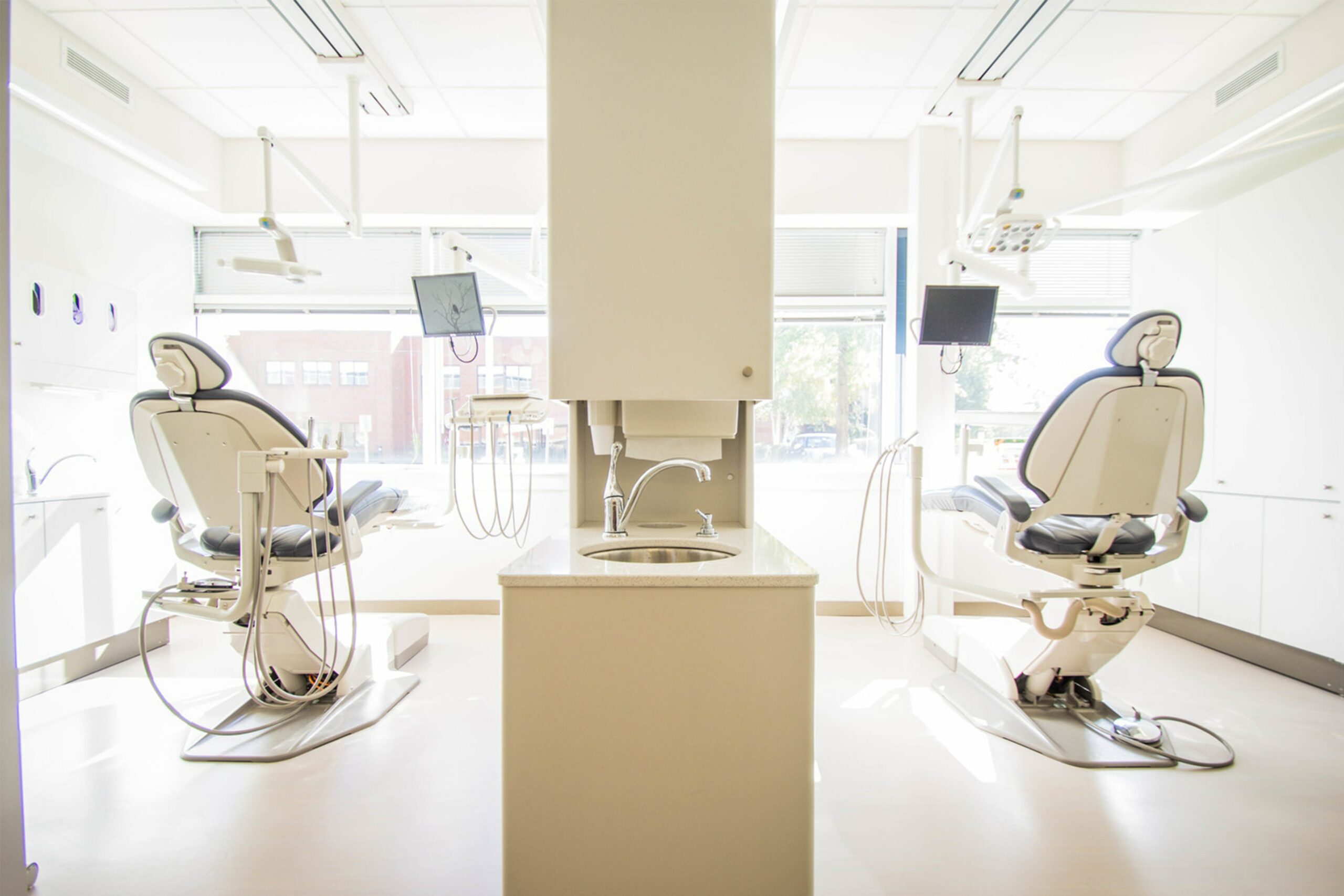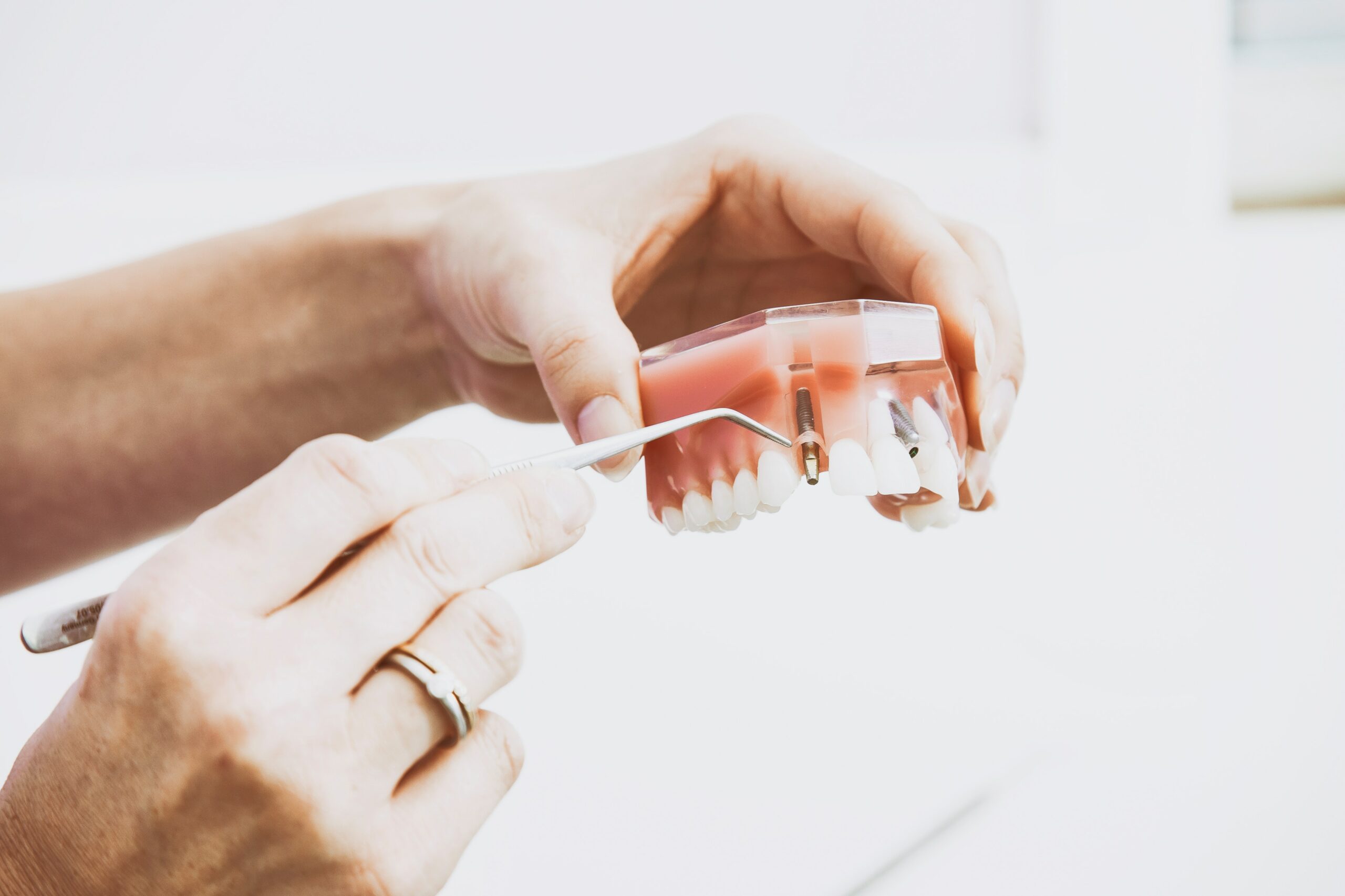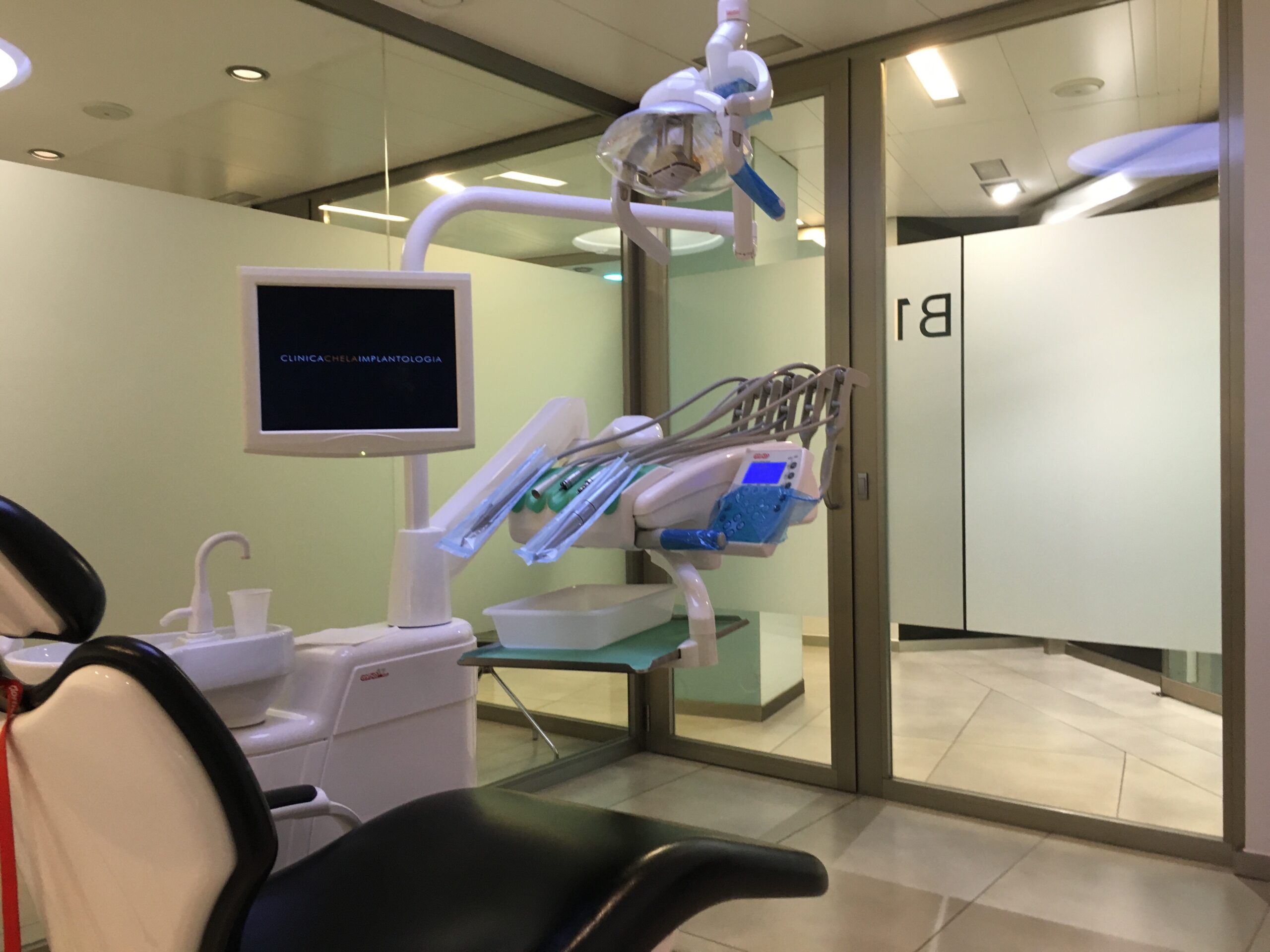
January 30, 2019
Buy-In versus Buy-Out: Which Is Right for You?

When looking to transition into a dental practice, the options are not often mutually exclusive. In fact, one type of transition can lead to another, as in the case of a buy-in to buy-out when the senior doctor is looking to hang up their proverbial hat. It’s helpful to know how each works upfront, though. Here are the similarities, differences and overlaps of a buy-in to buy-out.
Agreements
A buy-in typically refers to an associate becoming a partner (which covers more than 100 points in the agreement), while the selling doctor can stay on board as a long-term associate with a buy-out, allowing the doctor to give up autonomy but not employment (who can, in turn, be terminated). In addition to noting if the practice will be structured as a single corporation with all doctors as co-shareholders or if it would be a partnership or limited liability corporation (LLC) with the dentists as partners, the following agreements should be put into place:
Income allocation
Will revenue be allocated to the dentist who did the work, or will all or some of it be split based on ownership, fixed percentages, or a hybrid model in which doctors are paid as employees based on the percent of procedures complete and net income split on a prorata share of ownership?
Expenses
Expenses that are personal should be outlined, broken down and paid by the doctor who incurred the expense, such as meals, auto, travel and education.
Buy-sell
Agreements should be included to address what will happen if one dentist leaves the practice, including insurance policies that will help with the decision. Is it mandatory for the other doctor to buy out the departing doctor, or will they simply get the first right of refusal?
Real estate
Does the senior dentist own the real estate? If so, will the junior partner have a rental rate, or will they have the option to buy in to the real estate, as well?
Valuation
The best way to value a buy-in is to appraise the practice from day one so everyone understands the starting value and reappraising the day of the transition, then averaging the two. That way, the seller takes advantage of the risk of an associate, and the buyer doesn’t have to pay double for the growth of the practice in the interim.
Timeline
Each transition strategy comes with its own timeline. A buy-in takes place over a long period of time since the partnership isn’t set up for a year, but a buy-out can happen essentially immediately with the sale of a practice.
Success rate
While both strategies work, it’s important to note that a buy-out has a 100% success rate since there is a guaranteed sale. Even if your future isn’t guaranteed since control of the practice has been given up, you gain more flexibility by becoming an employee rather than the owner. What’s more, dental service organizations (DSOs) use this strategy to attract dentists to their groups.
Endgame
The bottom line is the best partnerships have to be built on communication to be successful, so ask yourself if the practice is big enough to have two happy partners so as to not set yourself up for failure. However, while most dentists want long-term associates to lead to buy-ins, many theories say otherwise, including one from the book “Blink” by Malcolm Gladwell, which makes the comparison that arranged marriages have a better success rate than traditional marriages. Most decisions can be made extremely quickly, and initial impressions won’t change after additional thought or data is given.
What’s next?
Read up on more buying options in the e-book “Transitions: Your Next Adventure Awaits,” then contact the experts at Professional Transition Strategies to start the conversation.



